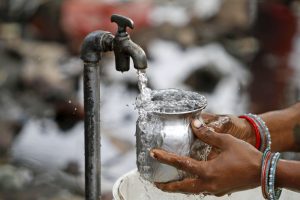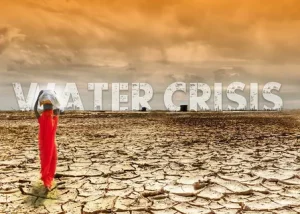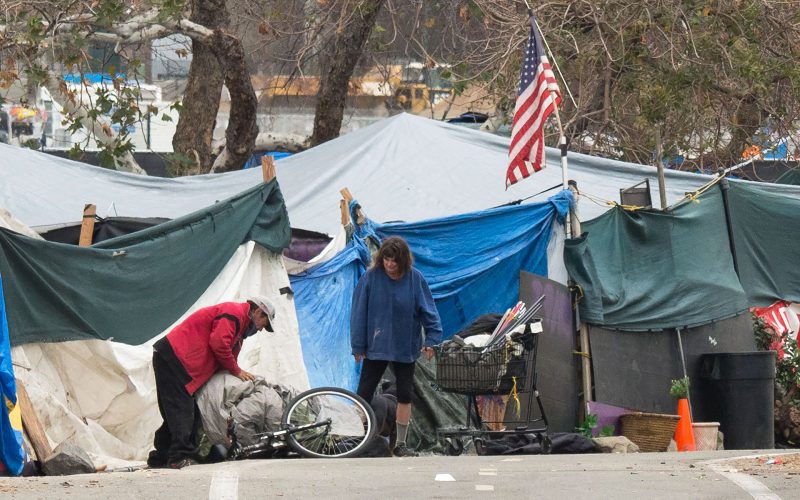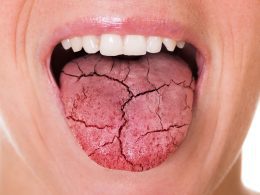Introduction
Access to clean water is considered a fundamental human right, yet water poverty remains a significant challenge globally, affecting not only low-income countries but also wealthier nations like the United States. This article explores the implications of water poverty on public health, focusing on the US context and shedding light on key findings.
The Global Perspective
The United Nations recognizes access to clean water and sanitation as a human right, crucial for health, dignity, and overall prosperity. Pathogens present in untreated water, such as bacteria causing diarrhea and parasitic worms causing diseases like schistosomiasis, pose serious threats to public health worldwide.
While progress has been made, with increased access to safely managed drinking water and sanitation services, challenges persist. The World Health Organization reports improvements from 2000 to 2017, yet millions still lack access to clean water, leading to significant health issues, particularly among children.

Alarming Statistics
- The Centers for Disease Control and Prevention highlight staggering figures, including 1.7 billion cases of diarrhea and 446,000 deaths among children under 5 globally each year.
- Cholera, a waterborne infection, accounts for around 3 million cases and 95,000 deaths annually.
Water Poverty in Wealthy Nations
Surprisingly, water poverty is not exclusive to low-income countries. A study by the University of Arizona and King’s College London reveals that over 1.1 million people in the US faced insecure water access between 2013 and 2017. Strikingly, almost half of them lived in major metropolitan areas, including 65,000 individuals in New York without piped water.

Social Disparities
- Households lacking running water were often associated with people of color, mobile homes, and higher proportions of income spent on housing costs.
- Urban water access gaps are linked to precarious housing conditions and systemic social and racialized inequality.
Overlooking the Unseen Crisis
Official figures on water and sanitation in the US do not fully account for people without homes or those in substandard housing. A study by the Georgia Institute of Technology highlights that, when considering these factors, at least 630,000 people lack access to flush toilets, and 300,000 rely on shared sanitation.
Housing Impact
- Lack of basic sanitation affects not only those without homes but also individuals in rented accommodation, where delays in repairs exacerbate the problem.
America’s Hidden Water Crisis
In 2019, a report by the US Water Alliance and Dig Deep unveiled “America’s hidden water crisis,” estimating that over 2 million Americans lack access to safe drinking water and sanitation. The report emphasizes the lack of comprehensive data on water poverty, particularly affecting low-income communities and communities of color.

Racial Disparities
- Native American households are 19 times more likely to have inadequate plumbing compared to white households.
- African American and Latinx households face nearly twice the challenge of inadequate plumbing compared to white households.
Proposed Solutions and Government Initiatives
The report recommends community-led initiatives and increased government grants to address water poverty. President Joe Biden’s “American Jobs Plan” allocates $111 billion for water infrastructure, aiming to modernize systems and provide grants to disadvantaged communities.
Future Challenges
Looking ahead, climate change and population growth pose challenges to water supply. A U.S. Forest Service-led study predicts the need for deeper wells due to declines in rainfall, raising environmental concerns.
In conclusion, addressing water poverty in the US requires multifaceted efforts, including community involvement, government initiatives, and sustainable infrastructure investments. As the nation grapples with its hidden water crisis, prioritizing equitable access to clean water becomes crucial for safeguarding public health.












